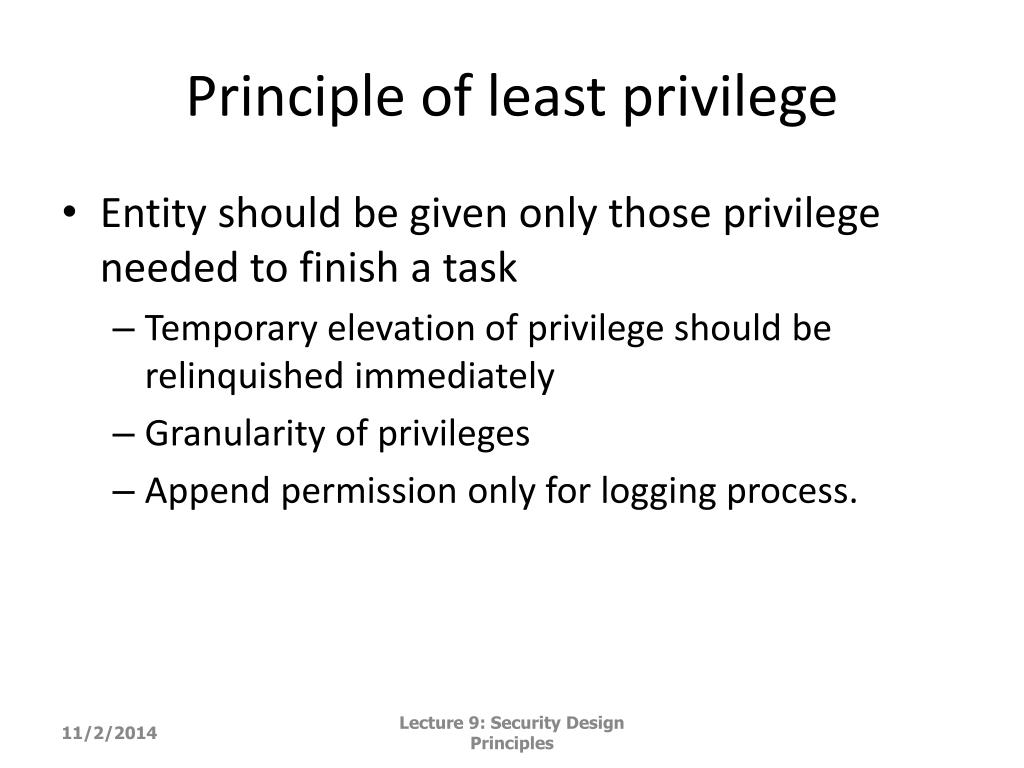

Even organizations with mature security programs, management, and technology struggle to adopt POLP nevertheless maintain it because of the sheer complexity of the concept. In many ways, the Principle of Least Privilege is the holy grail because every business wants to achieve it, but it’s not easy to implement. Challenges of Implementing Principle of Least Privilege This blog will run through the challenges of implementing least privilege and strategy around that process. We know the Principle of Least Privilege is an industry gold standard, but we know it is a difficult task. Additionally, an often forgotten standard is that identities should be granted the access for only the timespan needed to complete their task. When dealing with public cloud security, the Principle of Least Privilege concept entails that all identities-both people and non-people-should be granted the least access necessary to perform their respective duties. Periodically review assigned roles, access, and permissions and make changes as needed.The Principle of Least Privilege, also known as POLP, is a fundamental security concept. Review and Revise: Definitions of roles and privileges may not be perfect the first time and may change over time.Setting up monitoring helps an organization to detect if permissions assigned to a user are too restrictive or too general. Deploy Access Monitoring: Access monitoring is vital to detecting privilege abuse or misaligned permissions.

Roll Out Role-Based Permissions: After roles and permissions are defined, roll these out to users, applications, and systems to implement POLP.Remove default admin access and define processes for gaining elevated permissions when needed. Restrict Administrative Access: Most employees do not require administrator-level access for daily work.a finance employee needs to access to do their job and include that access within a finance role. For example, identify what systems, software, data, etc. Define Roles: Based on business needs and existing privileges, define roles for privilege management.Identifying what assets an organization has and how they’re used can help with determining required access. Perform a Privilege Audit: A good first step in implementing POLP is to audit the current access and permissions that users, applications, and devices have within an organization.

POLP can be implemented via the following steps:
#CONCEPT OF LEAST PRIVILEGE HOW TO#
How to Implement Least Privilege in Your Organization By implementing POLP and restricting this access based on business needs, an organization can shrink the scope of compliance responsibilities and audits, making it easier to achieve and demonstrate compliance.


 0 kommentar(er)
0 kommentar(er)
